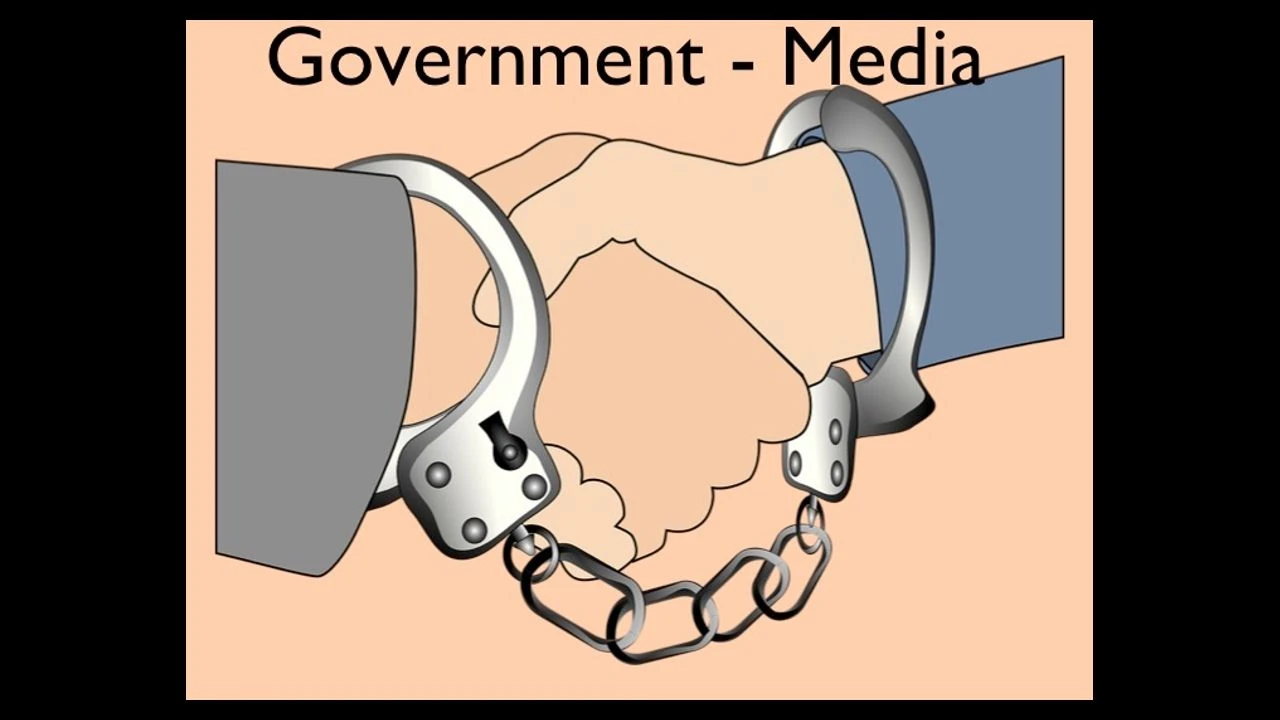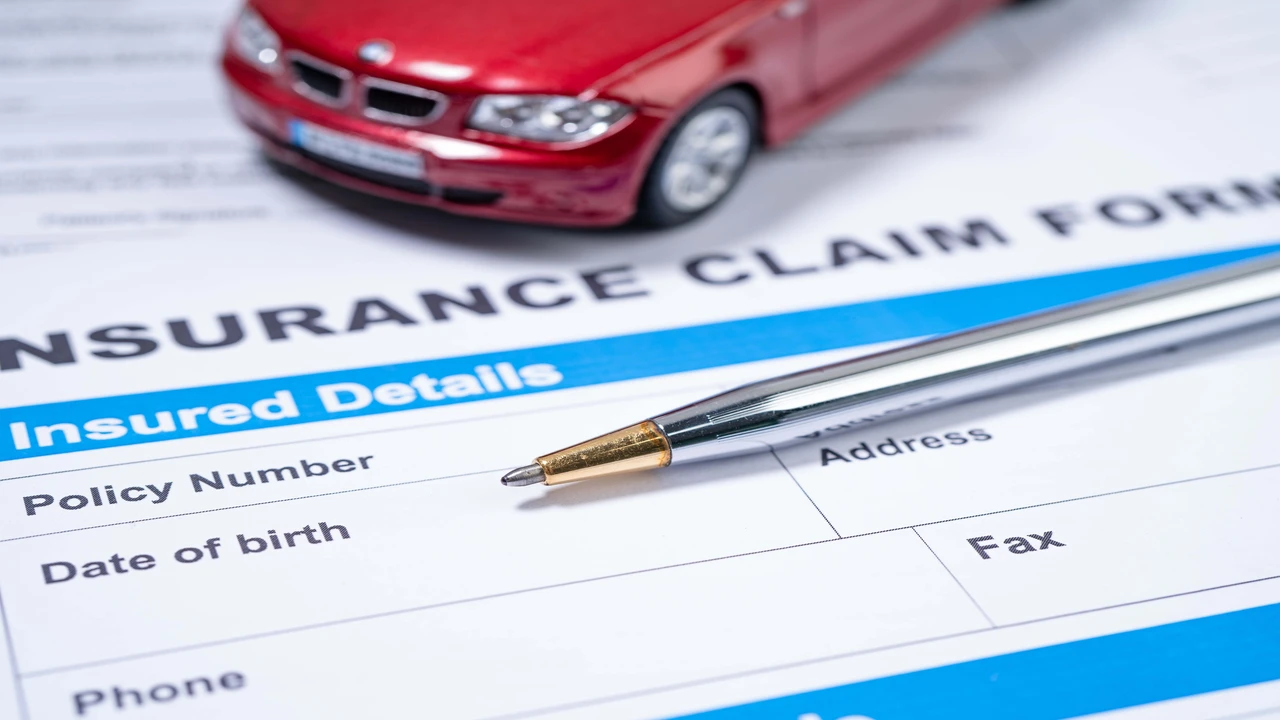How to Document Your Emotional Distress After a Car Accident

Understanding Emotional Distress and Car Accident Claims
Hey there! So, you've been in a car accident. That's rough. Beyond the dents and bruises, there's often a whole wave of emotions that hits you afterward. We're talking anxiety, fear, maybe even PTSD. These feelings are real, and they can definitely impact your life. The good news is, in many jurisdictions, you can actually include compensation for this "emotional distress" in your car insurance claim. But to do that, you need to document it properly. Think of it as building a solid case for how the accident has truly affected you emotionally.
Why Documenting Emotional Distress is Crucial for Your Claim
Insurance companies aren't exactly known for their generosity. They might downplay your emotional suffering, saying it's just "normal stress" after an accident. That's why having solid documentation is key. It provides concrete evidence to support your claim and shows the insurance adjuster that your emotional distress is legitimate and deserving of compensation. The more evidence you have, the stronger your position will be when negotiating a settlement.
Methods for Documenting Your Emotional Distress After a Car Accident: A Comprehensive Guide
Alright, let's get down to the nitty-gritty. Here's how you can effectively document your emotional distress:
Medical Records and Psychological Evaluations: Proof of Psychological Impact from Car Accident Trauma
This is probably the most important piece of the puzzle. Seeing a doctor or therapist is crucial. They can diagnose any mental health conditions, like anxiety, depression, or PTSD, that resulted from the accident. Their notes will detail your symptoms, treatment plan, and progress (or lack thereof). These records carry significant weight with insurance companies. Don't hesitate to seek professional help. It's good for your well-being, and it strengthens your claim.
Personal Journaling and Emotional Distress Logs: Daily Tracking of Mental Health After Car Accident
Start a journal! Every day (or as often as you can), write down how you're feeling. Be specific. Are you having trouble sleeping? Are you experiencing panic attacks? Are you constantly reliving the accident? Document everything. This journal serves as a personal record of your emotional state and can be a powerful tool to show the ongoing impact of the accident. It also helps you identify patterns and triggers for your distress.
Witness Statements and Personal Testimony: Supporting Evidence of Emotional Suffering Post-Accident
Talk to your family and friends. How have they seen you change since the accident? Have you become withdrawn, irritable, or anxious? Ask them if they'd be willing to write a statement describing what they've observed. Their perspectives can provide valuable corroborating evidence of your emotional distress. Also, be prepared to testify yourself. You'll likely have to explain how the accident has affected your life during the claims process.
Photographic and Video Documentation of Physical Manifestations of Emotional Distress
While less direct, photos or videos can sometimes demonstrate the physical effects of your emotional distress. For example, if you're experiencing significant weight loss due to anxiety, a photo might illustrate this. If you're having panic attacks that are visually noticeable (e.g., hyperventilating, shaking), a short video (if appropriate and you're comfortable) could be helpful. However, be very careful with this method and only use it if it genuinely and accurately reflects your experience.
Documenting Missed Work and Lost Income Due to Emotional Distress
If your emotional distress has caused you to miss work, document it! Get notes from your doctor stating that you were unable to work due to your mental health. Keep track of your lost wages and any benefits you missed out on. This adds another layer to your claim, showing the financial impact of your emotional suffering.
Social Media Activity: A Cautious Approach to Documenting Emotional State
Be extremely cautious about what you post on social media. Insurance companies may scrutinize your accounts looking for anything that contradicts your claim. If you're claiming severe anxiety, but your social media shows you partying and having a great time, it could hurt your case. Consider limiting your social media activity or at least being very mindful of what you share.
Specific Products and Tools to Aid in Documenting and Managing Emotional Distress
Okay, so now let's talk about some specific products and tools that can help you document and manage your emotional distress. These aren't miracle cures, but they can be valuable resources in your recovery journey.
Mood Tracking Apps: Comparing Daylio, Moodpath, and Reflectly
There are tons of mood tracking apps out there, but here are a few popular ones:
- Daylio: This app is super simple to use. You just pick a few icons that represent your mood and activities for the day. It's great for quickly tracking your overall emotional state without having to write a lot. It also generates charts and graphs that can help you identify trends. Pricing: Free with limited features; Premium version around $23.99/year.
- Moodpath: This app offers a more in-depth assessment of your mental health. It includes questionnaires that help you identify potential symptoms of depression and anxiety. It also provides personalized insights and recommendations. Pricing: Free for the initial assessment; Subscription required for ongoing support and features. Varies.
- Reflectly: This app uses AI to provide personalized prompts and insights. It encourages you to reflect on your day and identify the things that are impacting your mood. It's a good option if you're looking for a more guided journaling experience. Pricing: Free trial available; Subscription required for full access. Around $7.99/month or $39.99/year.
Comparison: Daylio is best for quick and easy mood tracking. Moodpath is better for assessing potential mental health issues. Reflectly is ideal for guided journaling and personalized insights. Consider your needs and preferences when choosing an app.
Wearable Technology for Stress Monitoring: Exploring Fitbit, Apple Watch, and Garmin
Wearable technology can provide valuable data about your stress levels and sleep patterns. Here are a few options:
- Fitbit: Many Fitbit models track heart rate variability (HRV), which is a good indicator of stress. They also track sleep stages, which can be helpful if you're experiencing insomnia or other sleep disturbances. Usage Scenario: Wear it 24/7 to track your stress levels throughout the day and monitor your sleep quality at night. Pricing: Prices range from $99.95 for the Inspire 3 to $329.95 for the Sense 2.
- Apple Watch: The Apple Watch also tracks HRV and offers a mindfulness app that can help you practice relaxation techniques. It can also detect falls, which might be relevant if you're experiencing dizziness or balance issues due to anxiety. Usage Scenario: Use the mindfulness app for guided meditation sessions. Monitor your heart rate and HRV to identify periods of high stress. Pricing: Starting at $249 for the SE model and going up to $799 or more for the Ultra.
- Garmin: Garmin watches are known for their advanced fitness tracking capabilities, including stress monitoring. They use HRV to calculate a "stress score" that provides a snapshot of your overall stress level. Usage Scenario: Use the Body Battery feature to track your energy levels and plan your day accordingly. Monitor your stress score to identify triggers and manage your stress levels. Pricing: Varies widely depending on the model, ranging from around $200 to over $1000.
Comparison: Fitbit is a good all-around option for stress and sleep tracking. The Apple Watch offers a more integrated experience with other Apple devices. Garmin is ideal for athletes and fitness enthusiasts who want detailed performance data.
Guided Meditation Apps: Headspace, Calm, and Insight Timer
Meditation can be a powerful tool for managing anxiety and stress. Here are a few popular guided meditation apps:
- Headspace: This app offers a wide range of guided meditations for various topics, including anxiety, stress, sleep, and focus. It's known for its user-friendly interface and engaging animations. Usage Scenario: Use it for daily meditation sessions to reduce stress and improve your overall well-being. Try the sleepcasts for help falling asleep. Pricing: Free trial available; Subscription required for full access. Around $12.99/month or $69.99/year.
- Calm: This app offers a similar range of guided meditations as Headspace, but it also includes sleep stories, relaxing music, and nature sounds. It's designed to help you relax and unwind. Usage Scenario: Use it before bed to help you fall asleep. Listen to calming music or nature sounds during the day to reduce stress. Pricing: Free trial available; Subscription required for full access. Around $14.99/month or $69.99/year.
- Insight Timer: This app offers a vast library of free guided meditations from teachers around the world. It also includes a timer for unguided meditation. Usage Scenario: Explore the free library to find meditations that resonate with you. Use the timer for unguided meditation sessions. Pricing: Mostly free; Premium version available with additional features. Premium is around $9.99/month or $59.99/year.
Comparison: Headspace and Calm are both great options for beginners who are new to meditation. Insight Timer offers a wider range of free content and is ideal for experienced meditators.
Weighted Blankets and Sensory Tools: Reducing Anxiety and Promoting Relaxation
Weighted blankets can provide a sense of comfort and security, which can be helpful for reducing anxiety. Sensory tools, such as fidget toys, can also help you manage stress and improve focus.
- Weighted Blanket: These blankets provide deep pressure stimulation, which can help to calm the nervous system. Choose a weight that is about 10% of your body weight. Usage Scenario: Use it while relaxing on the couch, reading a book, or sleeping. Pricing: Prices range from $50 to $200 depending on the size and weight.
- Fidget Toys: These toys can help you channel nervous energy and improve focus. Choose a fidget toy that you find satisfying to use. Usage Scenario: Keep one at your desk or in your bag and use it whenever you feel anxious or restless. Pricing: Prices range from $5 to $20.
Legal Considerations When Documenting Emotional Distress
It's important to be aware of the legal considerations when documenting your emotional distress. Here are a few things to keep in mind:
- Privacy: Be mindful of your privacy when documenting your emotional distress. Don't share sensitive information with anyone you don't trust.
- Accuracy: Be honest and accurate in your documentation. Exaggerating or fabricating your symptoms could damage your credibility.
- Legal Advice: If you're unsure about anything, seek legal advice from a qualified attorney.
Seeking Professional Help for Emotional Distress
Documenting your emotional distress is important, but it's also crucial to seek professional help. A therapist or counselor can provide you with the support and guidance you need to cope with your emotions and recover from the accident. Don't be afraid to reach out for help. Your mental health is just as important as your physical health.
Final Thoughts
Documenting your emotional distress after a car accident can feel overwhelming, but it's a crucial step in seeking the compensation you deserve. By using the methods and tools outlined above, you can build a strong case and ensure that your emotional suffering is taken seriously. Remember to prioritize your mental health and seek professional help when needed. You're not alone in this process, and there are resources available to support you.
:max_bytes(150000):strip_icc()/277019-baked-pork-chops-with-cream-of-mushroom-soup-DDMFS-beauty-4x3-BG-7505-5762b731cf30447d9cbbbbbf387beafa.jpg)






